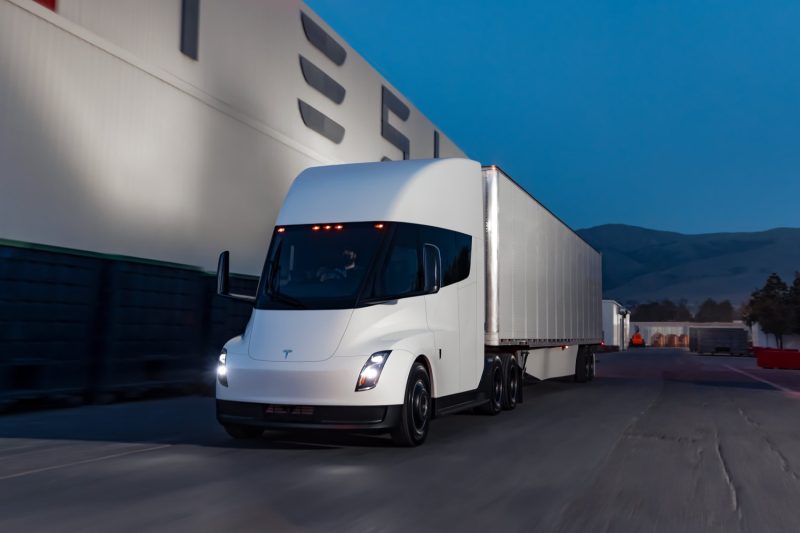In a recent incident that sent shockwaves through the electric vehicle industry, a Tesla Semi truck caught fire on a freeway in California. The fire was so intense that it took approximately 50,000 gallons of water to extinguish it, posing a significant challenge to the firefighters who responded to the scene.
Tesla’s foray into the realm of commercial trucks with the Semi has been met with both excitement and skepticism. The company aims to revolutionize the trucking industry by introducing an electric semi-truck that is not only environmentally friendly but also promises superior performance and cost savings compared to traditional diesel trucks. However, incidents like the recent fire in California raise concerns about the safety and reliability of these vehicles.
While electric vehicles are generally considered to be safer than their gasoline counterparts due to the absence of flammable fuels, they are not immune to the risk of fires. Lithium-ion batteries, which are used in electric vehicles, can catch fire if damaged or improperly handled. In the case of the Tesla Semi fire in California, the exact cause of the fire has not been determined, but it is suspected to be related to the vehicle’s battery system.
The sheer amount of water required to extinguish the fire highlights the unique challenges that electric vehicle fires present to emergency responders. Traditional firefighting techniques may not be effective in combating fires involving lithium-ion batteries, as these batteries can reignite even after being extinguished with water. Specialized equipment and training are needed to safely and effectively manage such incidents.
The Tesla Semi fire serves as a reminder of the importance of safety in the development and deployment of electric vehicles. As the automotive industry continues to shift towards electrification, manufacturers must prioritize the safety and reliability of their vehicles to ensure that incidents like this are minimized.
In conclusion, while the Tesla Semi fire in California was a concerning incident, it also serves as a learning opportunity for the electric vehicle industry. By addressing safety concerns and implementing robust fire prevention and response measures, manufacturers can build trust and confidence in electric vehicles among consumers and regulators. Only by prioritizing safety can the promise of a sustainable and efficient transportation future be fully realized.


































